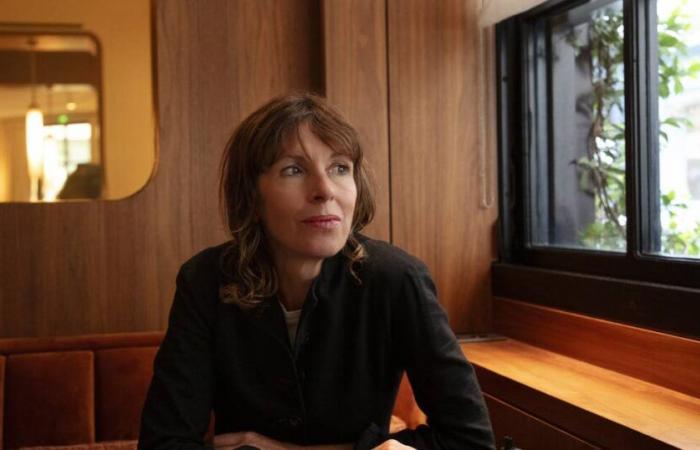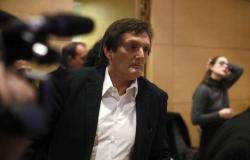The novel is not life, even when it wants to give the feeling of life. Because life, in fact, is “cluttered with coincidences and trivialities” and the novelist cannot keep everything, warned Maupassant in his preface to Peter and John (1888), this argument in support: “The number of people who die every day by accident is considerable on earth. But can we drop a tile on the head of a main character, or throw him under the wheels of a car, in the middle of a story, under the pretext that we have to make allowances for the accident? The question arises and the British Rachel Cusk undoubtedly asks herself more directly than other writers, she who – in particular since the Outline trilogy (They say, Transit et Kudos, collected in a volume in Folio) – seems to push the novel to its limits, towards spheres close to philosophy or psychoanalysis.
So this new book begins more or less with this tile: “One morning, while I was walking in a peaceful, sunny street where people were sitting on terraces drinking coffee, someone hit me hard on the head.” No apparent motive, and the person disappears. “Soon afterward it occurred to me that I had been murdered and yet remained alive.” and, one reflection leading to another, we find ourselves as usual in this increasingly singular work, out of phase, displaced, turned upside down.
Artist G begins to paint upside down
In Cusk's penultimate novel translated into French, Addiction (Femina foreign prize 2022), it was a question of art, incommunicability, decline. Parade sort of continues around the same motives. In four large chapters (or are they parts? News?), artists or people around them find themselves involved in violent, curious, destabilizing things. Each time, the artist is called G (in Dependency, the main characters were called M and L).
In “the Cascadeuse”, G, “perhaps because he had found no other way to understand his place in history”, for example, suddenly starts painting upside down. One day, he receives a visit from a novelist. “I want to write backwards,” exclaimed this woman, extremely moved.” – and we can undoubtedly project the author into both of them. In “La Sage-Femme”, the painter G creates a series of erotic paintings where, “she believed”, his bitterness was hidden, but with Cusk everything is revealed, sometimes cruelly. Further on, in “The Diver”, a museum director witnessed a suicide. After attending the current exhibition (the artist on display? His name is G), the visitor threw himself into the void from the upper floors to crash into the atrium. Was his action premeditated? Could the works have encouraged his taking action? The book ends with “The Spy” (and not “The Hope”), where we follow a filmmaker named G. “A novel was a voice, and a voice had to belong to someone.” Rachel Cusk's is hers alone.






